Taosi Museum Opens to Showcase Ancient Civilization
The Taosi Ruins, located in Xiangfen County, Shanxi Province, date back 4,300 to 3,900 years and represent one of the most significant archaeological sites of the late Neolithic period. As a cornerstone of the "Chinese Civilization Exploration Project," the site provides invaluable evidence for understanding early state formation and the origins of Chinese civilization.
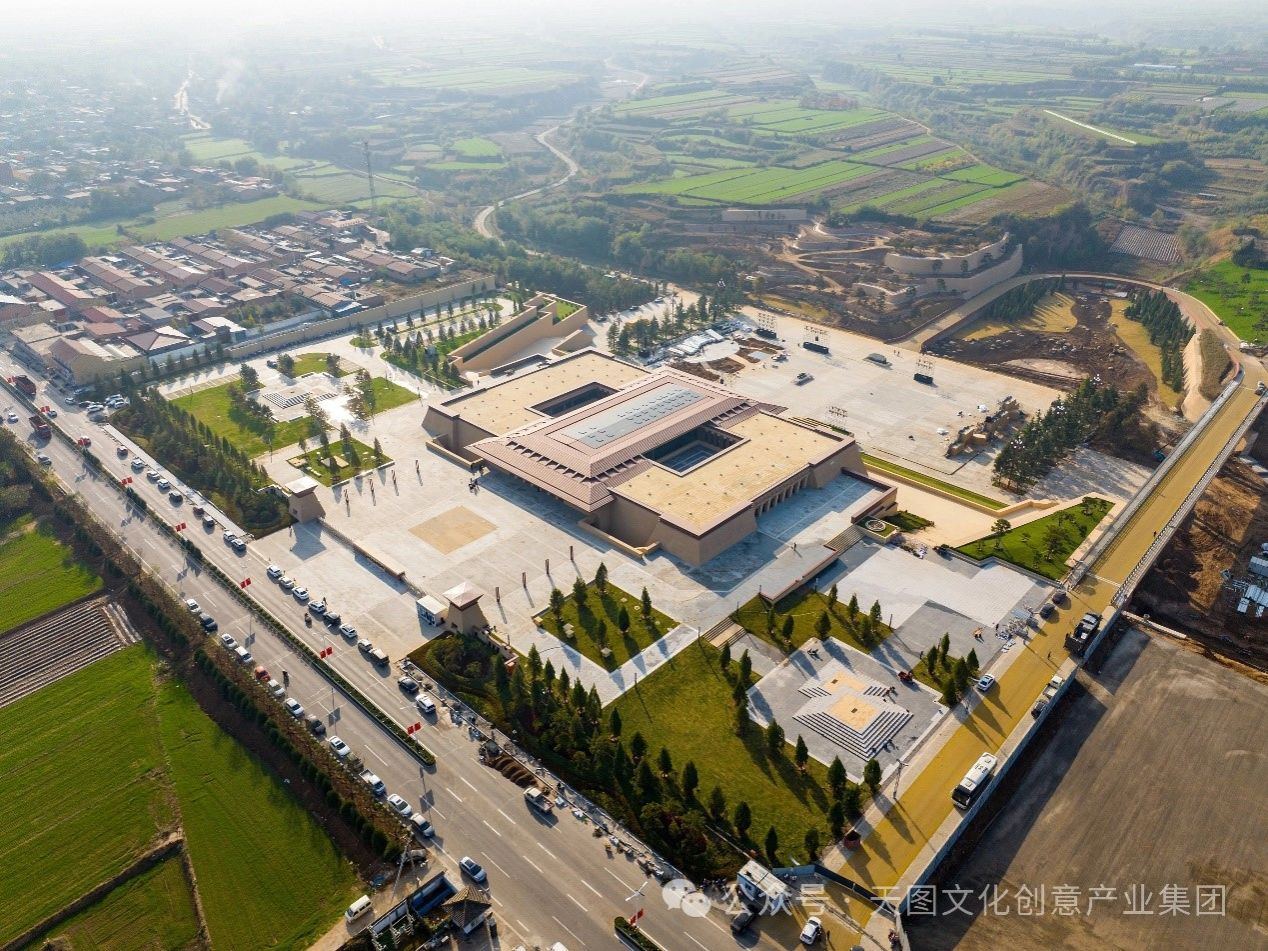
Designed by Tianjin University Research Institute of Architecture Design & Urban Planning Co., Ltd, the newly inaugurated Taosi Museum comprehensively presents the brilliance of Taosi culture, dating back over 4,000 years. Spanning an area of approximately 49,600 square meters, with a total building area of 10,000 square meters, the museum combines archaeological excavation, artifact exhibition, and educational research. It functions as a gateway to the Taosi Archaeological Park and a vital platform for preserving and presenting the essence of Chinese civilization.
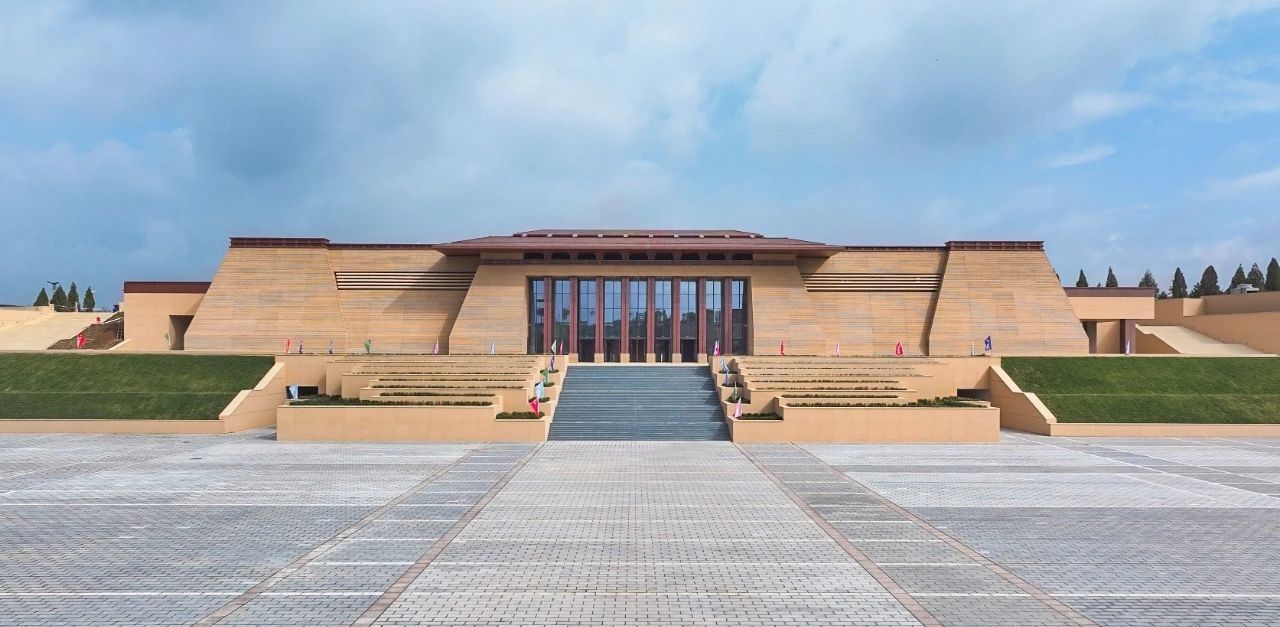
The museum’s architectural design embodies the cultural concept of "the land at the center." Its courtyard-style layout aligns with traditional Chinese architectural principles, with a north-south axis symbolizing harmony and balance. The inclined exterior walls echo the design of ancient capitals, while the aerial view of the building reflects the deep cultural meaning of Taosi as the center of early Chinese civilization. A striking entrance, defined by extended eaves, invites visitors into a space that bridges the modern world with ancient history.
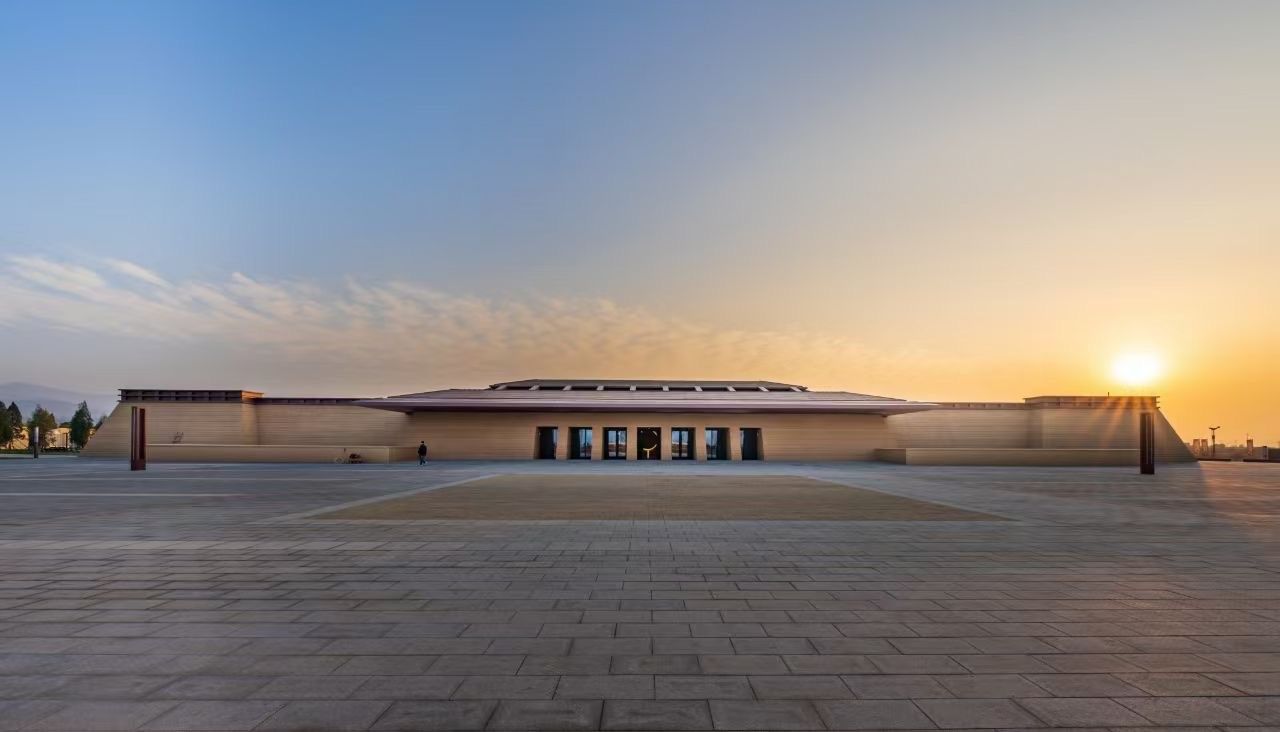
Inside the museum, three core exhibitions—Civilization Emerges, Glorious Capital, and Early States—are complemented by two themed exhibits and a unique immersive digital experience. Advanced technologies such as digital restoration and modern display techniques interact with historical artifacts to reveal the genetic roots of early Chinese civilization. Visitors can explore a diverse array of exhibits, from jade plaques and painted pottery to turquoise-inlaid bracelets, lacquered wood items, and bone reed instruments, all showcasing the artistic and cultural achievements of the Taosi civilization.
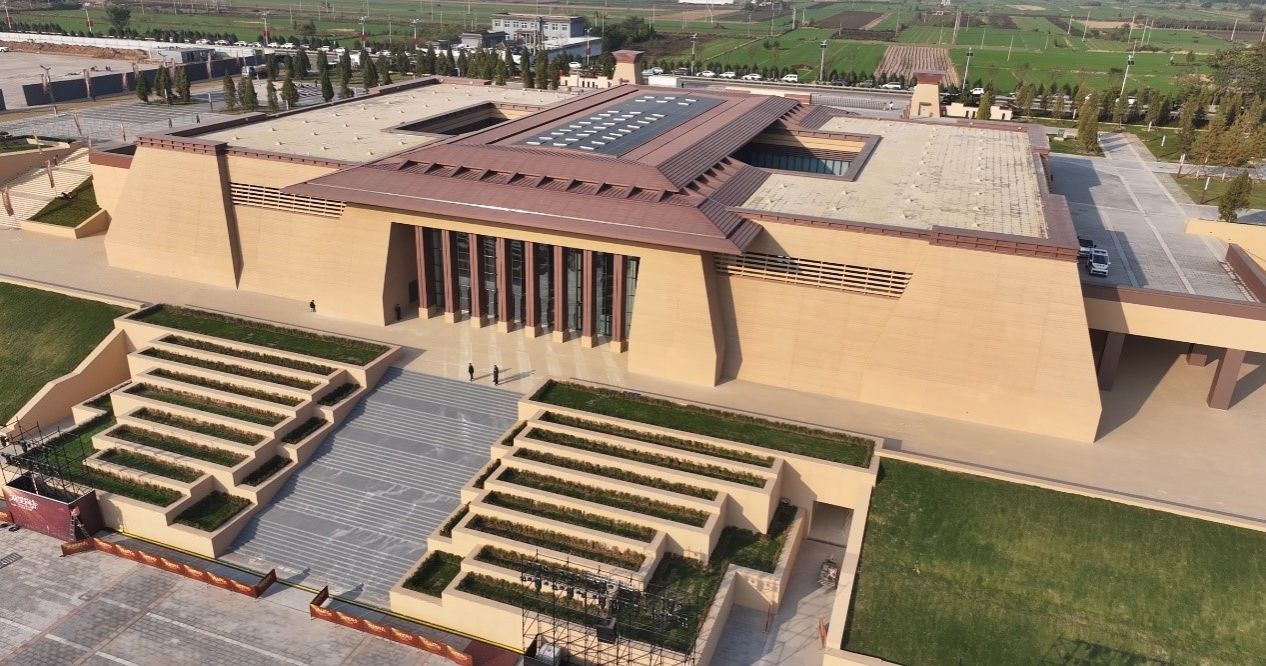
As part of China’s 14th Five-Year Plan for cultural development, the museum is a landmark achievement in archaeology and cultural heritage preservation. It represents a significant milestone in the exploration of Chinese civilization and the high-quality development of major archaeological site protection.
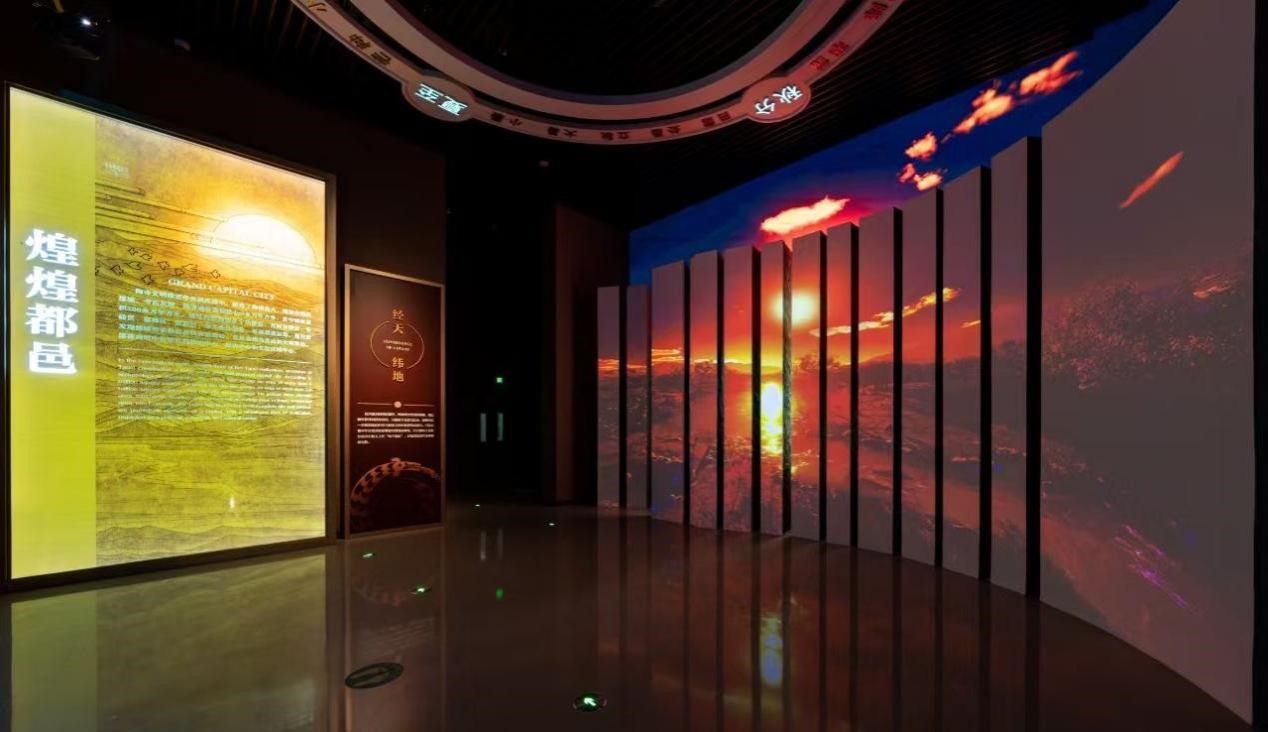
Through innovative displays, lighting, and digital technology, the museum vividly brings to life the achievements of Taosi in urban planning, craftsmanship, and artistic creation. A golden ribbon of light runs through the exhibitions, symbolizing the thread of "civilization" that connects past and present. Visitors are guided through a journey of discovery, uncovering the profound influence of Taosi culture on the formation of Chinese civilization and its enduring legacy.
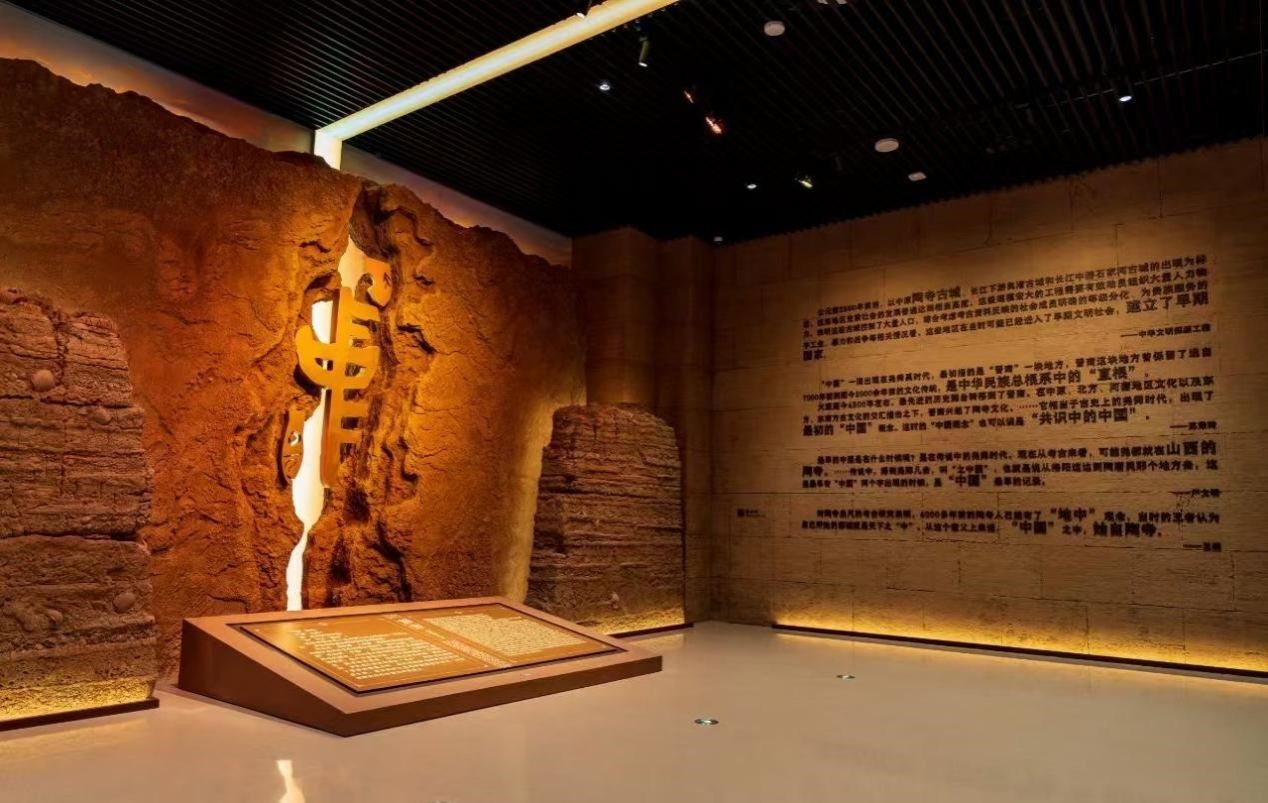
The Taosi Museum serves not only as a tribute to the archaeological site but also as a bridge between contemporary society and ancient history, offering a deeper understanding of China’s cultural heritage and the pivotal role of Taosi in shaping its enduring civilization.
By Qin Mian

